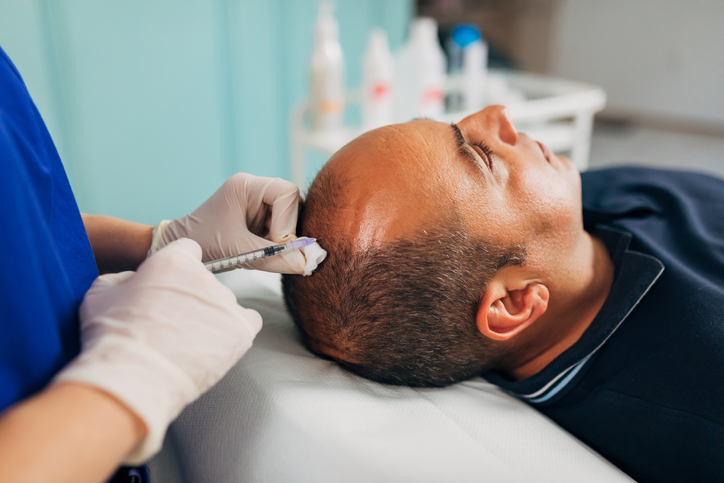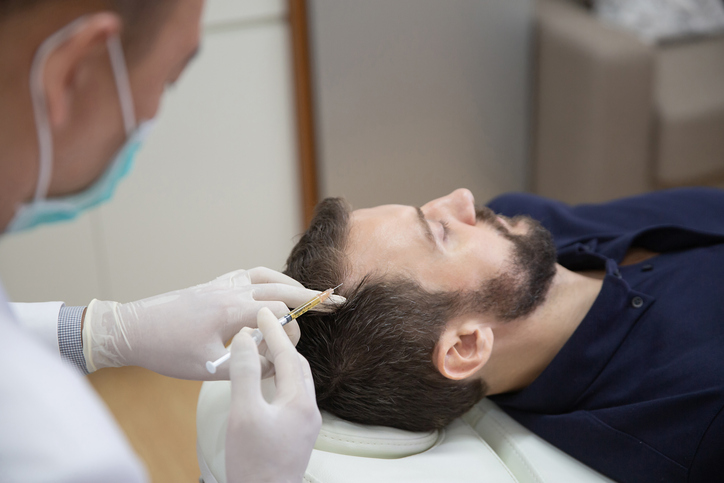Thinning hair is a common concern that affects both men and women. Various factors, including genetics, hormonal changes, ageing, and certain medical conditions, can cause it. While several treatments are available to address thinning hair, hair transplantation has emerged as a reliable and effective solution for achieving fuller, thicker hair. Let’s explore the benefits and considerations of hair transplant as a solution for thinning hair.
Hair transplant is a surgical procedure that involves the extraction of hair follicles from a donor area, typically the back or sides of the scalp, and their transplantation to the thinning or balding areas. The transplanted hair follicles are carefully implanted into the recipient sites, ensuring a natural and symmetrical hairline.
One of the primary benefits of hair transplant is its long-lasting and permanent results. Unlike temporary solutions such as wigs, hairpieces, or topical treatments, a hair transplant offers a permanent solution by relocating healthy hair follicles that are resistant to the effects of hair loss. Once the transplanted hair starts growing, it will continue to do so for a lifetime, allowing individuals to enjoy natural-looking, thick hair.
Hair transplantation provides a natural and aesthetically pleasing result. With advancements in transplant techniques, such as Follicular Unit Extraction (FUE) and Follicular Unit Transplantation (FUT), the procedure has become more refined and precise. Skilled surgeons can extract and transplant individual hair follicles, mimicking the natural hair growth pattern. This attention to detail ensures that the transplanted hair blends seamlessly with the existing hair, making it virtually undetectable.
Another advantage of hair transplant is that it requires minimal maintenance. Once the transplanted hair starts growing, it can be treated and styled just like natural hair. Regular washing, grooming, and trimming are sufficient to maintain the desired look. This simplicity and ease of maintenance make hair transplant an attractive option for individuals seeking a long-term solution to their thinning hair.
It is important to note that a hair transplant is a surgical procedure that requires careful consideration and consultation with a qualified hair restoration specialist. Not everyone experiencing thinning hair is a suitable candidate for a hair transplant. Factors such as the extent of hair loss, the quality of the donor area, and overall health must be assessed to determine eligibility.
Individuals considering hair transplant should have realistic expectations regarding the outcomes of the procedure. While a hair transplant can significantly improve the density and appearance of the hair, it may not restore the same level of thickness as one’s original hair. The success of the transplant also depends on factors such as the surgeon’s skill, the quality of the donor’s hair, and the individual’s commitment to post-operative care.
In addition to hair transplants, there are other non-surgical treatment options available for thinning hair. These include medications such as minoxidil and finasteride, which can slow down hair loss and promote regrowth in some individuals. Low-level laser therapy (LLLT) is another non-invasive treatment option that uses laser light to stimulate hair follicles and encourage hair growth. These non-surgical treatments can be used in conjunction with or as alternatives to hair transplants, depending on the individual’s preferences and circumstances.
In conclusion, hair transplant has become a popular and effective solution for addressing thinning hair. With its long-lasting and natural-looking results, hair transplant offers individuals the opportunity to restore their confidence and achieve thicker, fuller hair. However, it is essential to consult with a qualified specialist to determine candidacy and understand the potential outcomes of the procedure. Whether one chooses a hair transplant or explores other non-surgical options, the goal remains the same: to regain a head of hair that looks and feels natural, ultimately boosting self-esteem and enhancing overall well-being.





